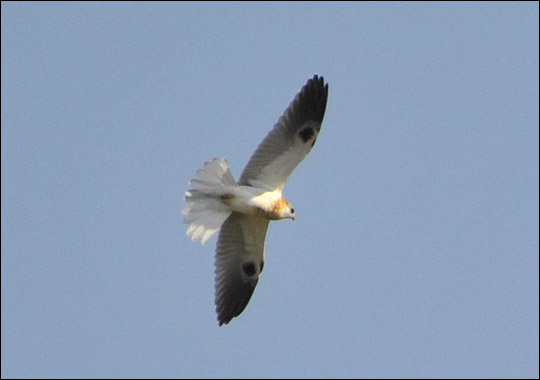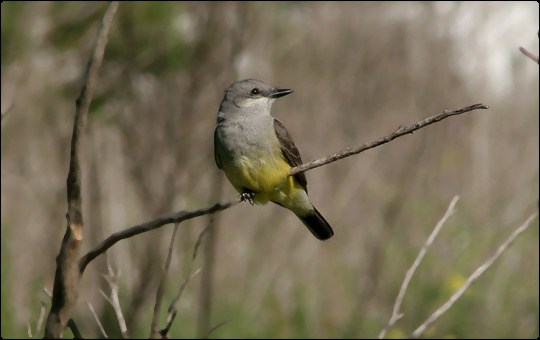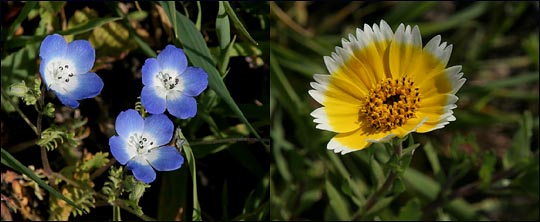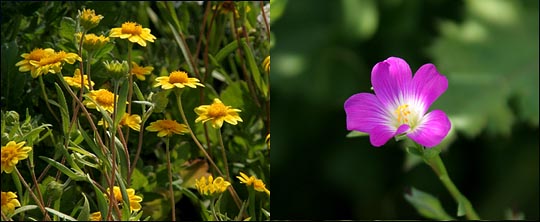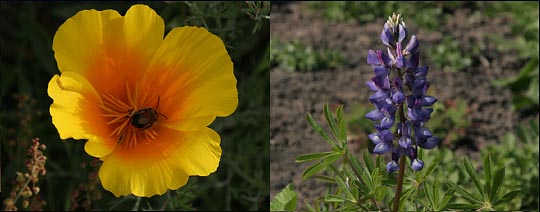Since the Gap Fire has greatly heightened our awareness of fire, we are taking this opportunity to present a final update of plant recovery from the fire that broke out on More Mesa almost exactly a year ago. That fire was described in our August 2007 News.
Also, we previously presented an interim update concerning recovery of the fire area in our February 2008 News.
To gather information on recovery, MMPC routinely monitored the five-acre burn area, from September of 2007 until June of this year. Specifically, we were interested to see how both native plants, as well as invasive plants, were recovering, or colonizing, after the fire. To do this, we observed and annotated what was happening in specific areas of the burn, and photographed the changes in different trees, shrubs and ground cover.
The Bad News: Predictably, all invasive species exhibited a robust recovery:
- Malva and radish occurred almost everywhere.
- Harding Grass was slow to come up in the fall, but winter rains produced spring grasses as high as six feet tall.
- Small eucalyptus recovered fully, with shoots quickly appearing at the base of burned trees.
- In spring, at least two species of Oxalis covered a large portion of the burn area with a thick coat of light green leaves, and then yellow flowers. However, as the summer progressed, Harding Grass and Mustard obliterated the oxalis and created such an impenetrable wall that it became impossible to traverse from one north-south trail to another on the east side of More Mesa.
The Good News: While many natives reappeared, the recovery was slower than that of the invasive species. However, winter rains in late January benefited native plants in that:
- Coastal live oaks have healthy new shoots in the burned upper branches of young trees, as well as shoots from the bottom of main trunks. And, a new tree appeared as well.
- Coyote bush made a robust comeback all over the burn area.
- Willows sported new leaves in the top burned branches as well as near trunks.
In addition, many native wildflowers such as lupine, poppy and owl’s clover were seen in, and near, the burn area.
.jpg)
Coyote Bush – 2007
.jpg)
Coyote Bush – 2008
.jpg)
Coyote Bush – 2008
